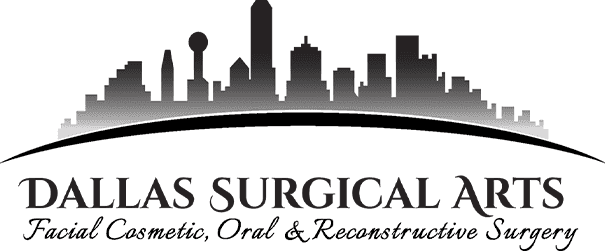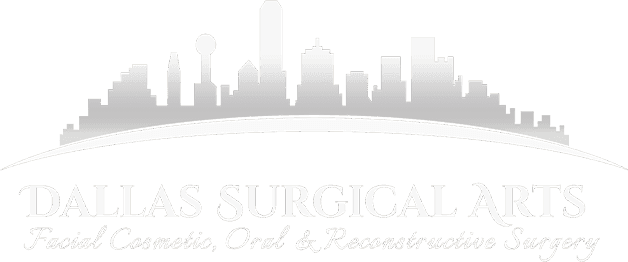Blepharoplasty, or the surgical procedure of removing excess skin and fat around the eyes to remove eye bags and correct hooded or drooping eyelids, is considered to be one of the simplest and most straightforward plastic surgery a person can have. In fact, the entire procedure can take as little as 30 minutes. With that being said, it’s still something that you have to take seriously. This is especially true when it comes to recovery.
Now, recovery can be quite tricky as most people know close to nothing about the entire process. To help remedy this, we thought it would be useful to put together a short discussion on this subject. If this is something that you want to learn more about, read as we break down everything you need to know about blepharoplasty recovery.
What Should You Expect After Your Procedure?
To ensure your safety after surgery, your surgeon will go over these Blepharoplasty aftercare guidelines with you and answer any questions you may have. It’s also standard procedure that patient advisors will contact you regularly to follow up on your progress, and you will also be given emergency numbers to contact in case something goes awry.
We also suggest asking a family member or a friend to pick you up from the clinic and to stay with you for at least 24 hours until you feel like you can handle yourself again. Once you’re alone at home, we recommend that you abide by these general guidelines until you are fully recovered:
- Avoid lying down flat.
- Refrain from bending forward.
- Eat only nutritious food for the first 24 hours.
- Drink a lot of water.
- Don’t skip on your medication.
- Don’t touch your stitches.
- Don’t smoke or drink alcohol.
- Don’t wear contact lenses.
- Don’t drive until at least one week from your procedure.
- Don’t wear any makeup.
- Refrain from strenuous physical activities.
What to Expect During the Healing Process?
Depending on your body, you should plan to take about a week off from work to recover from the procedure. Bruising and swelling are common during the healing period. For most patients, there is no pain associated with bruising.
We implore you not to overreact as these symptoms don’t indicate an issue and your surgeon will explain how to manage them.
We understand that recovery can be a pain, but it’s in your best interest to strictly adhere to the instructions and advice of your surgeon. While it may be rather tedious, making minute sacrifices will help ensure that you recover as fast as possible.
Conclusion
Hopefully, this article proves to be useful when it comes to helping you best prepare for your blepharoplasty procedure. Despite it being a minor procedure, the last thing you want is to be underprepared for recovery. Indeed, simply knowing what to expect will go a long way when it comes to making the procedure and the recovery infinitely more pleasant. Be sure to keep all of the information that we’ve listed above in mind so that you can best navigate the problems and issues that come with blepharoplasty recovery.
If you’re thinking of getting eyelid surgery, sarpe surgery, or genioplasty in Dallas, check out Dallas Surgical Arts. Dr. Sanovich offers cosmetic facial plastic surgery, including eyelid surgery, brow lifts, facelifts, botox, and more. Book an appointment and see how we can help enhance your appearance today!


